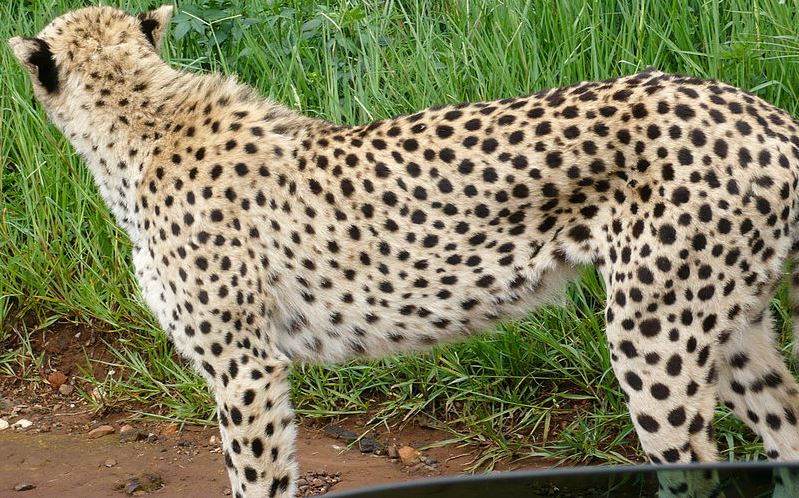
by BioEdge | Mar 9, 2016 | Site Content
Acinonyx jubatus photo © Andy Mitchell Lion identity collared by cheetah The cheetah mimics the back-of-ear pattern of the lion as a protective adaptation against other carnivores. In the juvenile cheetah – which is particularly vulnerable – this mimicry extends to...
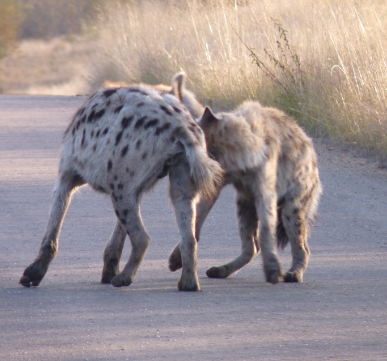
by BioEdge | Mar 9, 2016 | Site Content
Crocuta crocuta photo © David W. Siu Virtual ranking in the spotted hyena Political complexity in the spotted hyena is comparable with that in baboons. However, unlike baboons, the spotted hyena cannot directly observe most interactions...
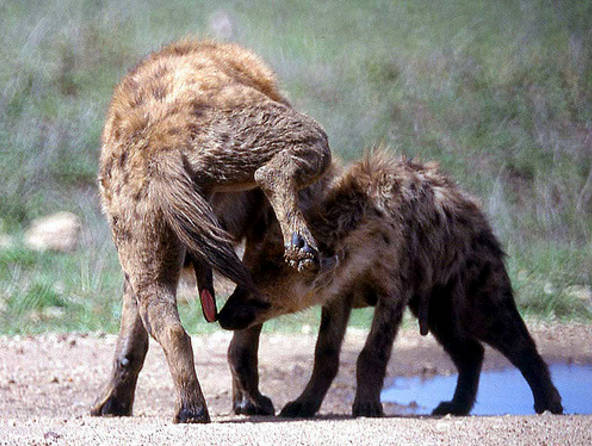
by BioEdge | Mar 9, 2016 | Site Content
Crocuta crocuta photo © David Bygott Anatomical conundrum of spotted hyena The peniform clitoris of the spotted hyena is unique among mammals in its tubular form and function. However, the crucial puzzle in this species is not why the clitoris is so phallic but why...
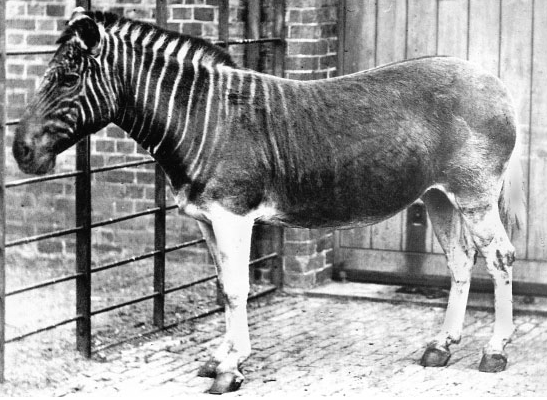
by BioEdge | Mar 9, 2016 | Site Content
Equus quagga quagga photo © Frederick York Extinct quagga a dark horse at several levels The extinct quagga was mainly brown, offset by whitish forelegs. This contrast suggests that, unlike all other zebras but like Asian wild asses, its pigmentation was adapted to...
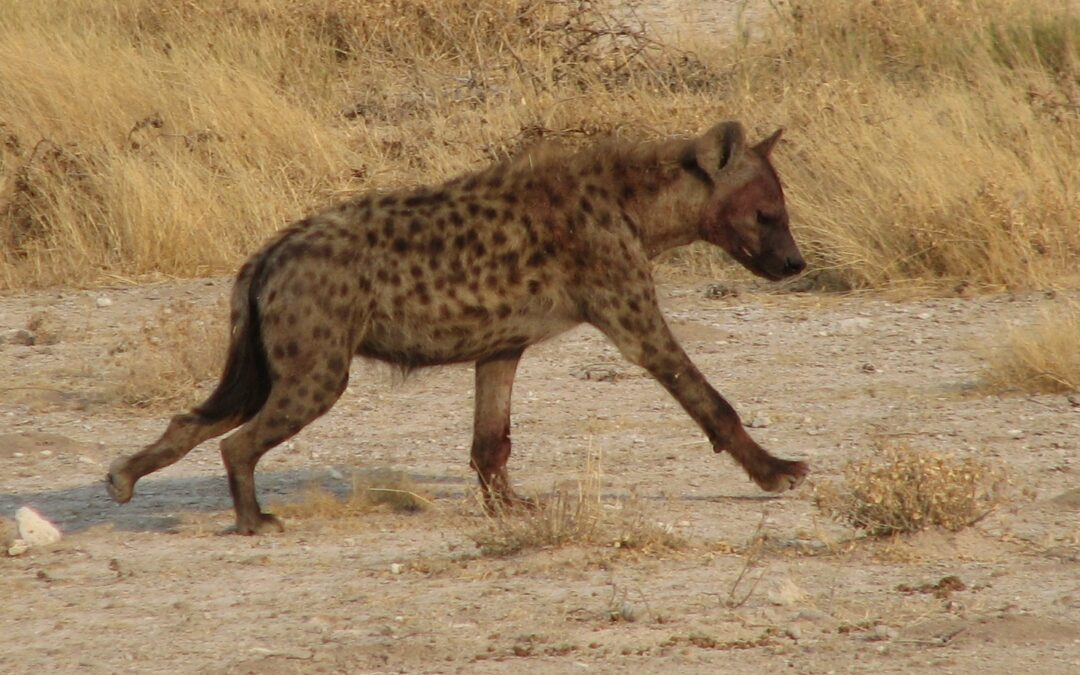
by BioEdge | Mar 9, 2016 | Site Content
Crocuta crocuta photo © NH53 Achilles’ heel of a killing cursor The spotted hyena is specialised for cantering in the open, with endurance unrivalled by any other terrestrial carnivore. However, its Achilles’ heel is the looseness of its ankles and the...
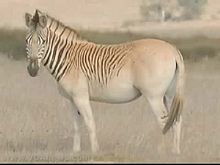
by BioEdge | Mar 9, 2016 | Site Content
Equus quagga burchellii, artificially bred phenotype with minimal striping, photo © The Voice of America Perversion of bids to re-breed extinct quagga The quagga was the least-striped of zebras but also the darkest. Attempts to recapture the appearance of this...







